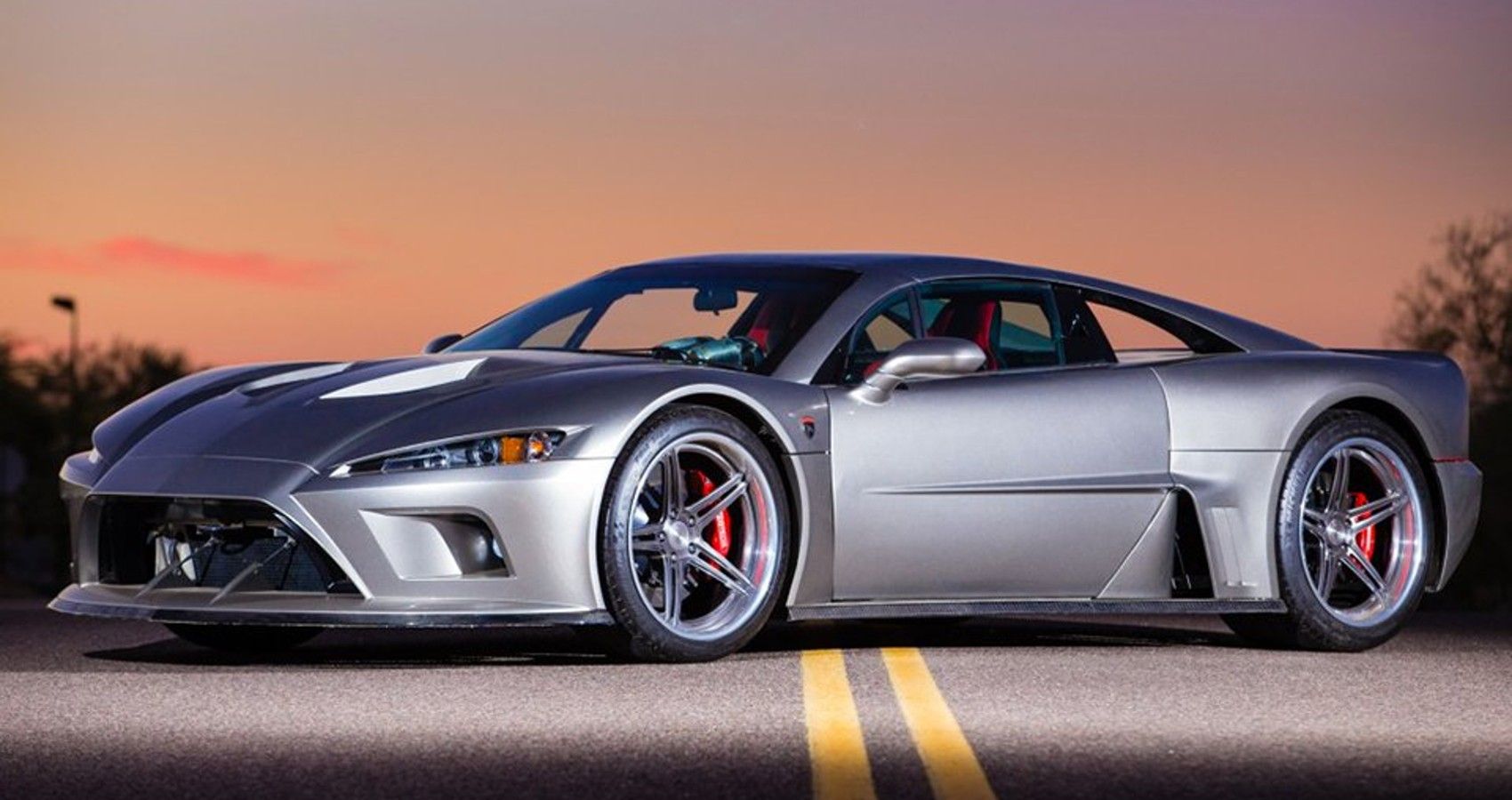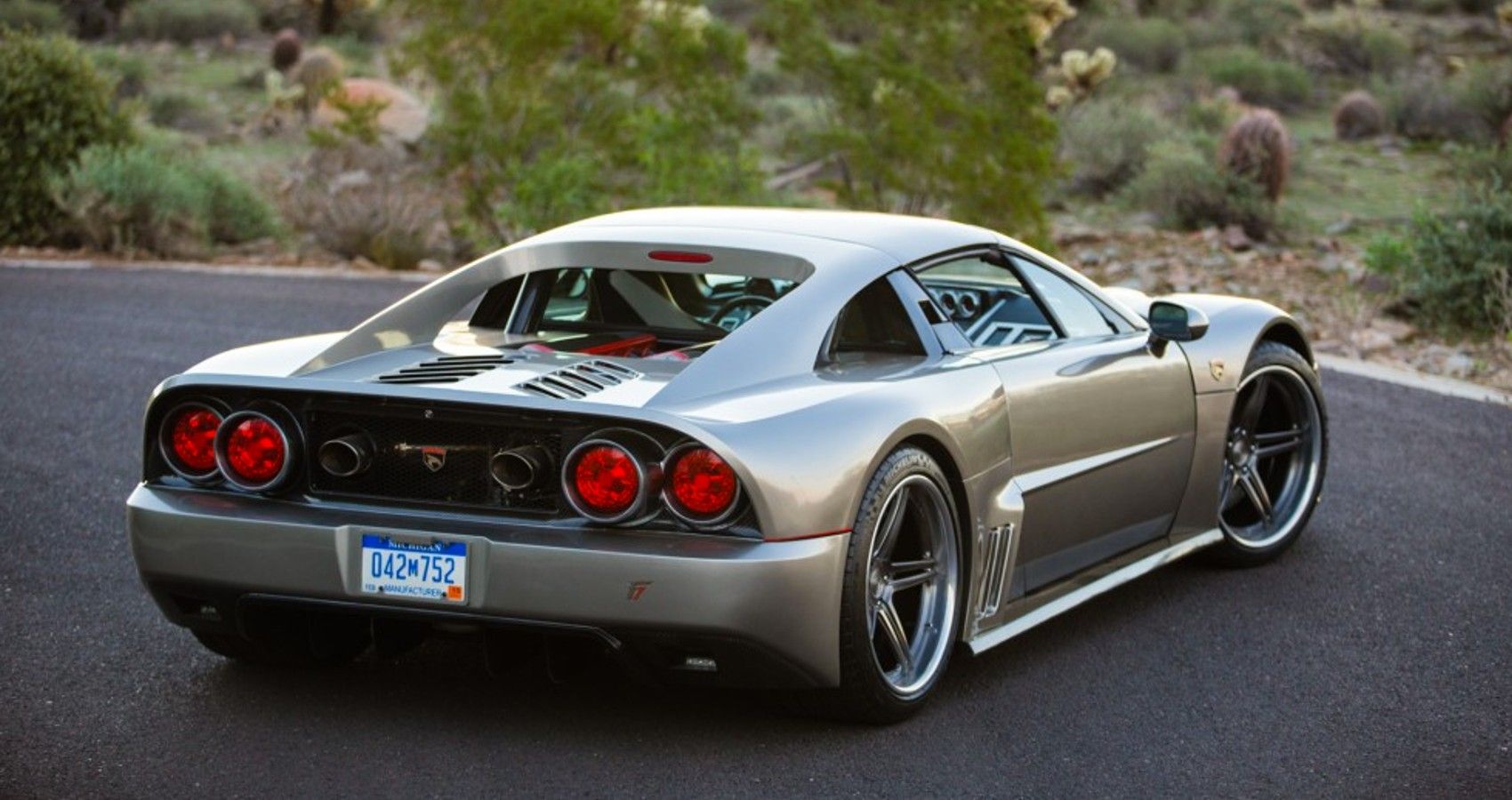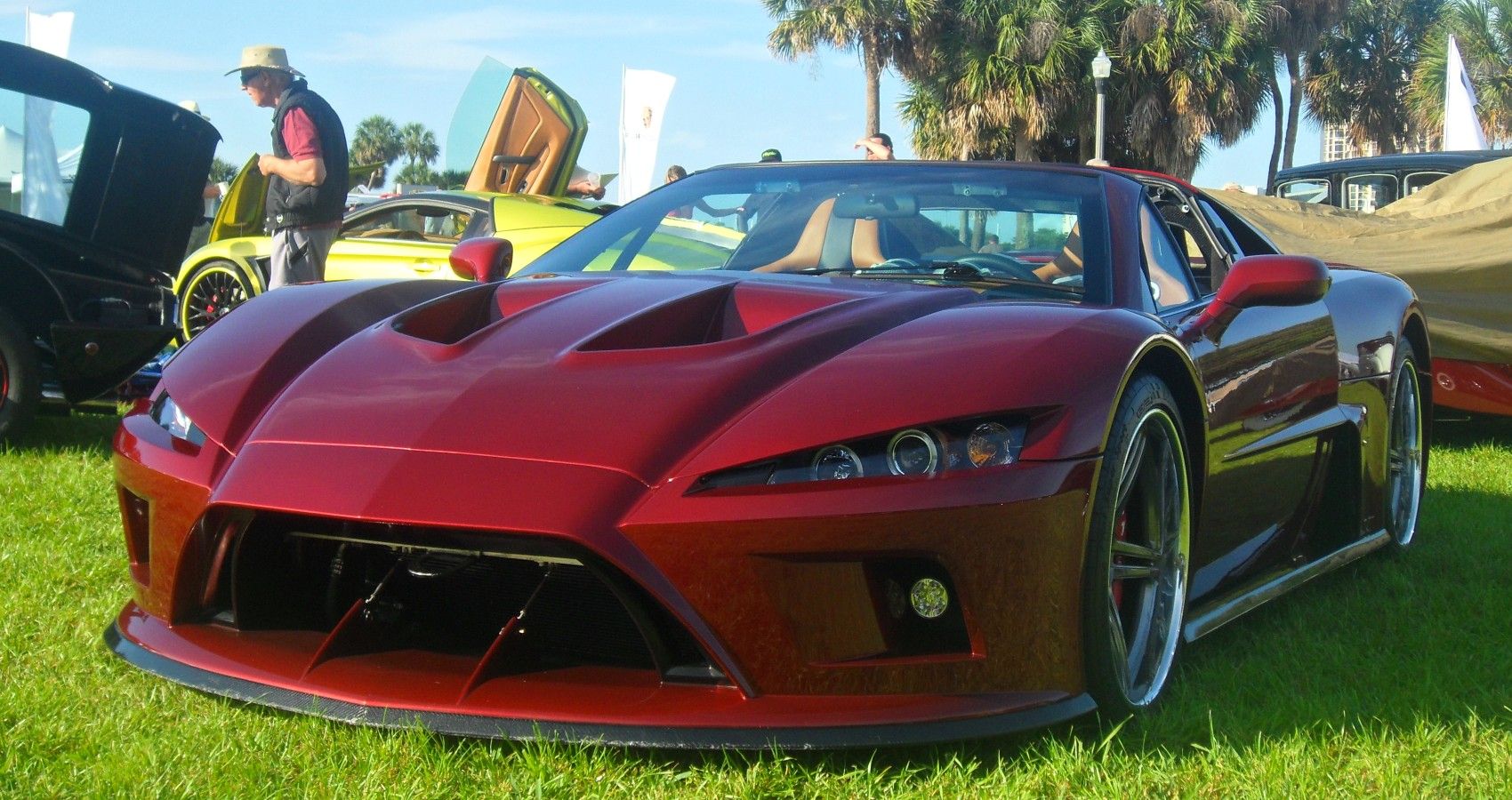When we talk of supercars, what two names spring to mind? Of course, Ferrari and Lamborghini. This is because Ferrari and Lamborghini can create and distribute many more supercars than smaller manufacturers for financial reasons.
Against all odds, in 2014, engineer and car enthusiast, Jeff Lemke, showcased that developing and manufacturing an amazing supercar didn’t need masses of funding or a big car manufacturing company backing the process. The Falcon F7 was made on a budget and in many ways was homemade, but it still didn’t stop it from competing with the big boys!
While Jeff Lemke was designing and developing the Falcon F7, he came across a poster of a Ford GT which he believed was beautiful. It in turn inspired the exterior design of the Falcon F7. After studying the poster, Jeff Lemke was able to outline the ideal car that he was going to make.
Up until Jeff Lemke’s innovative idea to create a supercar on a budget that would be able to compete with the likes of Ferrari and Lamborghini, he had spent 12 years building composite body panels for the Dodge Viper, as well as other impressive motors.
During his time building body panels, he learned how to build clay sculptures, a skill that would help him when designing his own supercar. And in 2009, Lemke founded Falcon Motors and got right to work on the mid-engine supercar in the form of the Falcon F7, powered by the heart of a fierce Chevrolet.
The Corvette Z06-Powered Falcon F7 Could Tackle The Big Boys
The Falcon F7’s best feature was its incredible and powerful engine. With the engine coming from the Corvette C6 Z06, it's no surprise that the engine was the most impressive component.
It’s no wonder why many smaller car manufacturers tended to use the Corvette as a base. This theme carries on with the Falcon F7. Despite the chassis of the Falcon F7 not coming from any Corvette, some components of the suspension were taken from the Corvette C6 ZR-1. While the LS7 push-rod V8 from the Corvette C6 Z06 was set to work ahead of the rear axle,
Before modification, the LS7 7.0-liter engine could produce 505 hp and 470 lb-ft of torque. However, in the Falcon F7, these figures were different. Using racing components, the engine was modified. Rather than the engine's original output of 505 hp, the modification allowed an insanely increased output of 620 hp.
Falcon F7 Packed Over 1,100 HP
The Falcon F7 is much more a supercar than a sports car. Not only was the horsepower output increased, but the torque output was also increased to 520 lb-ft of torque. Lingenfelter Performance Engineering assembled every Falcon F7 engine, an engineering company popular with Corvettes.
With the immensely powerful engine powering the rear-wheel drive system through a six-speed manual transmission, the Falcon F7 was able to reach 0-60 mph in only 3.3 seconds and reach a top speed of 200 mph. While the Falcon F7’s performance statistics and engine were highly impressive, if 620 hp wasn’t enough, a twin-turbo engine was also made available.
This modified engine created some absolutely insane statistics. If more money was paid, Falcon would supply specialists from Lingenfelter to attach two turbos to the 427 CUI pushrod V8. This upgrade would allow the Falcon F7 to output figures at and above 1,100 hp, which allowed the updated F7 to reach 0-60 mph in under 3 seconds!
What Inspired The Falcon F7?
Jeff Lemke, the creator of the Falcon F7 and founder of Falcon Motors, was a known enthusiast of the Ford GT and several Corvettes. With these factors in mind, it's no surprise that the Falcon F7 took heavy inspiration from the Corvette and the Ford GT. But basing the Falcon F7 on any car wasn’t enough for Jeff Lemke.
The rear lights took inspiration from the Ferrari 250 GTO, and the entire rear shows a striking resemblance to the Ferrari 308 GTB. Not only this, but the heat extractors behind the engine took influence from the Lamborghini Countach and Diablo’s engine cover. It was also made known that Jeff Lemke was a huge fan of the 1970s and 1980s automotive industry, meaning that some wedge-shaped design elements were added to the Falcon F7.
But as mentioned before, Jeff Lemke didn’t just want inspiration from cars. He wanted a more aggressive look and feel that was only seen on fighter jets, so the swooping front end and exhaust tips were very similar to the F15 Fighting Falcon, while this fighter jet theme was carried into the cockpit with many impressive features and technologies.
While owning a Ferrari or Lamborghini is everybody’s dream, it's kind of generic. If you’re after a supercar, most people would opt for either a Ferrari or a Lamborghini. But surely, it would be better to own a much more unique supercar that was constructed from the ground up with minimum funding and budgets, just like the Falcon F7.
The Falcon F7 was priced at $250,000 back in 2014. But now, though rare, F7s are being sold for as low as $80,000! It is a cheaper alternative for just as much, if not more, car, beauty, power, and speed!
Sources: Falcon, Corvette



